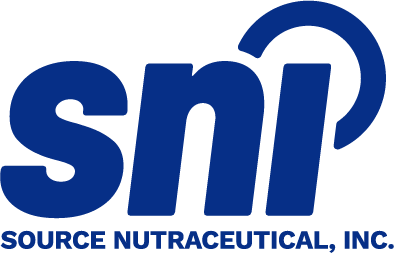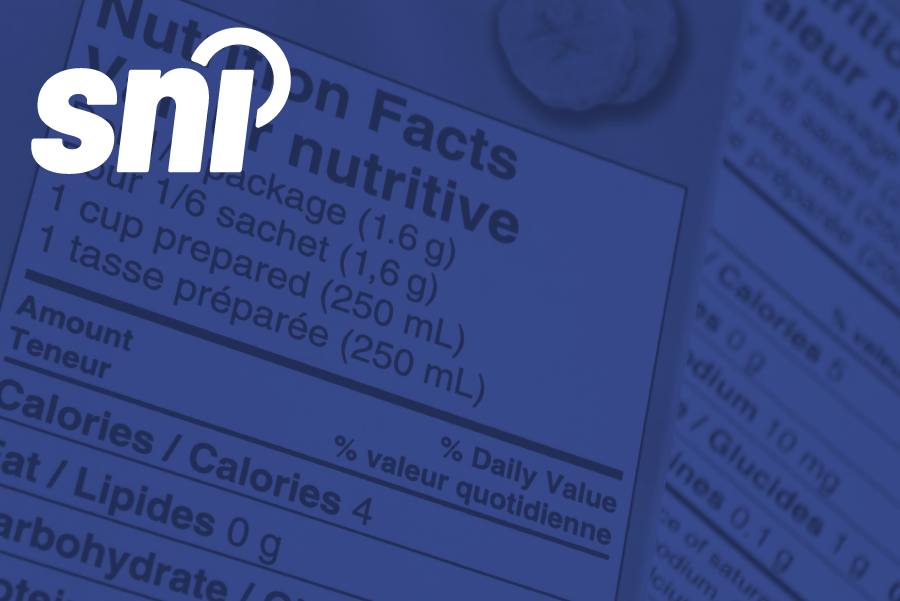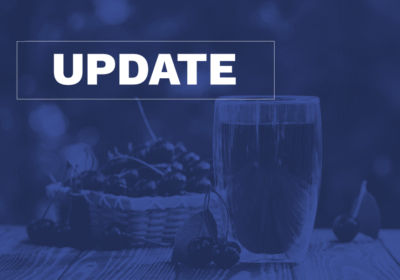In Canada, bilingual food labelling is a core requirement that ensures consumer transparency, accessibility, and trust. Both English and French must appear on most consumer prepackaged foods sold at retail.
These requirements are enforced under the Food and Drug Regulations (FDR) and the Safe Food for Canadians Regulations (SFCR), with oversight from the Canadian Food Inspection Agency (CFIA). For businesses selling products in Quebec, additional obligations apply under the Charter of the French Language, which was recently expanded through Bill 96 to strengthen French-first labelling rules.
For companies entering or operating in the Canadian market, bilingual labelling is both a legal requirement and a strategic advantage. Compliant labels not only reduce regulatory risk and prevent costly relabelling or recalls, they also demonstrate respect for Canada’s linguistic diversity. Clear and accurate bilingual information helps build consumer trust and positions brands for long-term success in a competitive market.
Why Bilingual Food Labels Matter in Canada

Bilingual food labelling exists to make essential information accessible to the public, and it is enforced through a combination of federal food safety legislation and provincial language laws. When consumers purchase packaged foods in Canada, they expect that core details will be available in both English and French. This ensures that Canadians can evaluate and safely use products no matter where they live or what language they speak.

The bilingual labelling requirements also tie directly into broader regulatory frameworks. The Official Languages Act reinforces the right of Canadians to access information in both official languages, while the Food and Drug Regulations and Safe Food for Canadians Regulations specify that core labelling details that must be present in both languages. For labelling, this means that bilingual presentation is mandatory for virtually all consumer prepackaged foods, with limited exceptions discussed in a later section of this article.
CFIA Bilingual Labelling Rules for Food Products
Federal Bilingual Labelling Requirements
At the federal level, bilingual labelling is mandatory for all core information on consumer prepackaged food. This includes the common name, the net quantity declaration, the complete list of ingredients, and allergen statements. Priority allergens, gluten sources, and added sulphites must always be declared in both English and French to safeguard consumer health. The Nutrition Facts table must also be presented in the standardized bilingual format prescribed by Health Canada.

Storage and preparation instructions, such as “Keep Frozen” or “Cook to 74 °C (165 °F),” must also be provided in both languages. Regulated claims, including “organic,” “gluten-free,” and “low in sodium,” are required to appear in both English and French using equivalent wording that conveys the same meaning and prominence.
Dealer name and address requirements are subject to a limited exemption, as this information may be provided in either English or French. In practice, the introductory title is often translated, while the address itself is typically presented in the original format and wording of the English language.

The Food and Drug Regulations also set minimum type height standards to ensure legibility. While equal font size between English and French is not explicitly required, the CFIA strongly encourages consistency to improve readability. As a best practice, industry commonly presents both languages with the same prominence to avoid confusion and maintain consumer accessibility.
Quebec-Specific Labelling Requirements

Quebec imposes stricter obligations under the Charter of the French Language, as expanded by Bill 96. Unlike federal requirements, which allow more flexibility, Quebec mandates that French must appear on all packaging and that it must be at least as prominent as any other language in terms of size, visibility, and impact.
In practice, this means that companies selling products in Quebec must carefully review design layouts to ensure that French text is never minimized or overshadowed. Packaging that complies with federal rules alone may still fall short of Quebec’s requirements, exposing companies to penalties, relabelling costs, or enforcement actions by provincial authorities.
Another key consideration is how trademarks are treated. Registered trademarks in English may still appear without translation if no French equivalent is registered. However, as of June 1, 2025, Bill 96 requires that any generic or descriptive terms contained within a trademark must also appear in French. Some exceptions might apply, but each product should be reviewed on a case-by-case basis to determine which trademarks require translations and to what extent.
For example, a trademark such as Fresh Harvest Granola™ would require translation of the descriptive elements “Fresh Harvest” into French, so the label would need to show “Granola Récolte Fraîche.” By contrast, a coined or fanciful trademark such as Zyphora™ would not require translation, since it does not contain descriptive wording.
When Unilingual Food Labels Are Permitted
Although bilingual labelling is required for most prepackaged foods, a few limited exemptions exist under Canadian law.
Specialty Foods with Religious or Ceremonial Significance

Specialty foods may be exempt from bilingual labelling requirements if they are of religious significance and intended for ceremonial use, such as sacramental wine or Kosher foods for Passover. In the case of Passover, the exemption applies to products sold within the forty days prior to the holiday and the twenty days following it. Outside this timeframe, bilingual labelling is required at retail. Imported products rarely qualify as specialty foods because substitutes are widely available in Canada.
Local Foods and Narrow Community-Based Exemptions

Local foods may also be exempt, but the definition is narrow. To qualify, the food must be sold only within the local government unit where it was produced, processed, or packaged, or in immediately adjacent units. Furthermore, one of the official languages must be the mother tongue of less than 10% of the local population, while all mandatory information must be displayed in the other official language that represents at least 10%. If both English and French exceed ten percent, or if both fall below, the exemption does not apply. In Quebec, unilingual English labelling is never permitted.
For example, if a bakery in a small town in Saskatchewan sells bread only within that town and neighbouring municipalities, where fewer than 10% of residents report French as their mother tongue, the bread could be labelled in English only. However, if the same product were distributed more widely across the province, bilingual labelling would immediately be required.
Test Market Foods and Temporary Authorizations

Foods approved for a test market represent the third exemption. In these cases, the CFIA may authorize unilingual labels for products sold within a defined area and timeframe. This exemption is often used when companies want to gauge consumer interest before committing to a full-scale launch.
For example, a beverage company might introduce a new flavour in Alberta with English-only labels, or an importer could trial a limited shipment of a European snack in Toronto-area stores.
Similarly, brands may test new packaging formats or innovative products in select regions to measure demand. During this period, companies must closely monitor sales and distribution, and once a product moves beyond the approved test market stage, bilingual labelling becomes mandatory.
Bilingual Labelling and Shipping Containers
Shipping containers destined for industrial or institutional use are generally exempt from bilingual labelling, provided they are not resold to consumers. If a shipping container is offered for sale at retail, however, full bilingual labelling rules apply. Certain safety phrases, such as “Keep Refrigerated” and “Keep Frozen,” must always appear in both languages regardless of distribution.
Voluntary marketing information, such as promotional text or recipes, is not federally required to be bilingual unless it forms part of a regulated claim. For example, organic claims must appear as both “organic” and “biologique,” while nutrient content claims must also be expressed in both languages. In Quebec, even voluntary text is subject to French-first prominence rules.
Quebec Bill 96 and French-First Food Labelling
Quebec’s Bill 96 has reshaped language law in the province, creating stricter requirements for French on food packaging. As of June 1, 2025, all labels, signage, and advertising in Quebec must show French text at least as prominent as any other language in size, appearance, and impact. This requirement extends across all labelling elements of a food product.
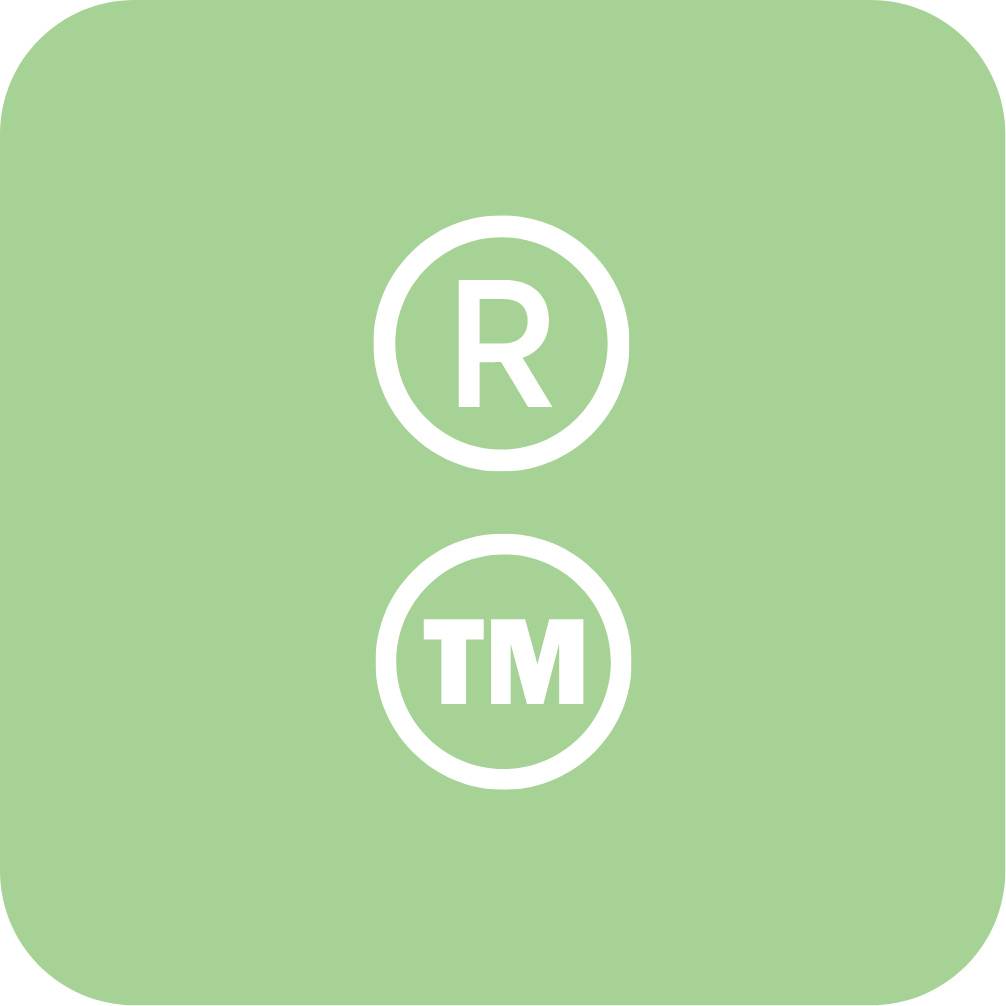
The law also affects trademarks. As discussed earlier, generic or descriptive terms within a trademark must be translated into French on packaging or on a permanently affixed medium. Companies already in the market before June 1, 2025, have until June 1, 2027, to transition and comply, while new products must be compliant immediately.
For businesses, this means conducting label audits, adjusting design templates, and allocating space for French text well in advance of the enforcement deadlines. Failing to comply risks fines, recalls, and reputational harm in one of Canada’s most important consumer markets.
The Design Challenge of Bilingual Food Labels
Complying with bilingual labelling rules is not simply a matter of translation. It is also a design challenge. Food packaging must balance mandatory information, branding, and marketing claims, and adding content in two languages can strain limited space.
Layout Strategies for Readability

Best practice is to use layouts that allow consumers to easily scan information in both languages. Parallel columns for ingredients and allergens, mirrored bilingual headlines on the principal display panel, and sufficient spacing to accommodate longer French translations are all strategies that improve readability. Smaller packages may require alternative solutions such as peel-back labels, fold-outs, or outer wraps to ensure compliance.
Canadian French vs. European French

Accuracy in translation is as important as layout. It is critical to recognize that Canadian French is not always identical to standard French used in France. Terms, phrasing, and even regulatory terminology can differ. Using European French wording may result in non-compliance or consumer confusion in Canada. For instance, “best before” must always be expressed as “meilleur avant,” not “expiry” or “date de péremption,” which is more common in Europe but not accepted in Canadian labelling.
Testing Bilingual Labels for Compliance and Design

Testing these design choices with consumers in both Ontario and Quebec provides valuable insight into how well the information is understood in practice. Feedback from these markets can highlight whether the placement, hierarchy, or visual balance of bilingual content creates any barriers to comprehension. This step helps companies refine packaging so it is not only compliant but also user-friendly and visually consistent across different product sizes and formats.
Future-Proofing Canadian Food Labelling
As food labelling regulations evolve, companies need to design packaging systems that anticipate change. Flexible templates with expandable bilingual text areas, standardized terminology, and modular layouts help reduce relabelling costs and ensure compliance. Establishing bilingual glossaries that fix key terms such as “organic/biologique” across all SKUs helps maintain consistency.
Regular internal and external label audits are essential, as is ongoing monitoring of CFIA guidance and Quebec’s Bill 96 enforcement timeline. Digital labelling software and translation memory systems can further support compliance by streamlining approvals and ensuring accuracy across product portfolios. For international brands, aligning Canadian packaging with U.S. FDA and EU FIC frameworks can reduce complexity while still respecting Canada’s bilingual requirements.
Final Remarks
Bilingual food labelling is not optional. It is a legal requirement that ensures safety, protects against enforcement action, and strengthens consumer trust. Under CFIA’s federal rules and Quebec’s enhanced French-first obligations, companies must view bilingual labelling as both a compliance issue and a market advantage.
Brands that take proactive steps to design compliant, consumer-friendly bilingual labels demonstrate respect for Canada’s linguistic diversity while gaining credibility and competitive advantage. In an increasingly regulated market, bilingual labelling is not just about following the law. It is about building trust and long-term success in the Canadian marketplace.
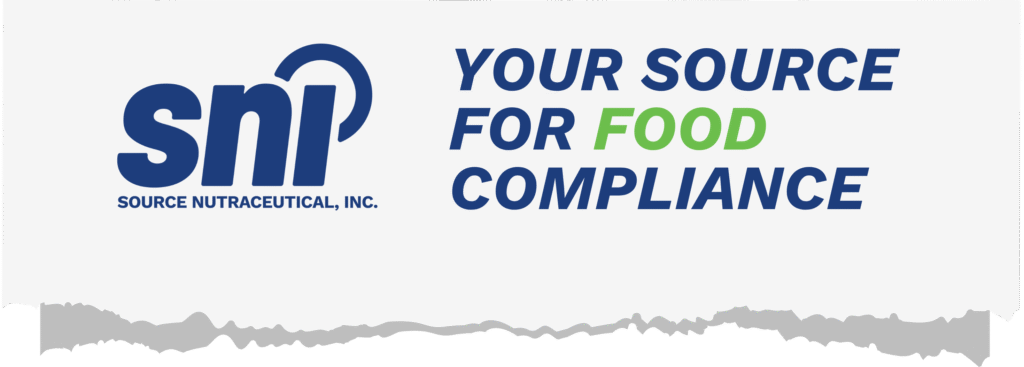
To learn how Source Nutraceutical Inc. can support your team with regulatory planning, product reformulation, or cross-border labelling compliance, contact us today. Our experts are here to help ensure your food products remain competitive, compliant, and market ready.
🥐 More about our services here.
💡 Compliance is easy with the right support!
📩 info@sourcenutra.com
⬇️ Send us a request for support or an introductory call
FAQ
Which parts of a food label must always be bilingual?
In Canada, all core label information on prepackaged foods must appear in both English and French. This includes the common name of the product, the net quantity declaration, the complete list of ingredients, allergen and gluten source statements, and the Nutrition Facts table. Storage and preparation instructions, as well as regulated claims such as “organic” or “low in sodium,” must also be presented in both languages using equivalent wording. These requirements are enforced under the Food and Drug Regulations and the Safe Food for Canadians Regulations to ensure accessibility and consumer safety.
Are there any exemptions that allow unilingual labels?
While bilingual labelling is the default rule, there are a few narrow exemptions. For example, the dealer name and address may appear in either English or French, and foods approved for a test market may be sold temporarily with unilingual labels within a defined area and timeframe. Other exemptions include certain specialty foods with religious or ceremonial significance and local foods sold only within a limited municipality under strict demographic conditions. However, these exemptions are tightly regulated, and in Quebec, unilingual English labels are never permitted.
Does Quebec impose additional labelling requirements beyond federal rules?
Yes, Quebec has stricter requirements under the Charter of the French Language, which was expanded through Bill 96. Unlike federal rules that allow flexibility, Quebec mandates that French must always be at least as prominent as any other language on the package in terms of size, visibility, and impact. This means that even if a product complies with federal bilingual rules, it may still fall short in Quebec if the French text is minimized or overshadowed by English. Businesses operating in Quebec must carefully design their packaging to meet these heightened French-first requirements to avoid enforcement action.
If packaging was printed before June 1, 2025, can it still be used in Quebec?
Products that were manufactured before June 1, 2025, benefit from a transition period under Bill 96. These products may continue to be sold in Quebec with their existing labels until June 1, 2027. After that date, however, all packaging must be fully compliant with the French-first rules, including the translation of descriptive or generic terms within trademarks. For companies selling into Quebec, this means planning ahead to update packaging well before the transitional deadline.
Do shipping containers or bulk packaging require bilingual labels?
Shipping containers intended for industrial or institutional use, and not for retail sale, are generally exempt from bilingual labelling requirements. However, if the container is sold directly to consumers at retail, full bilingual labelling rules apply. Additionally, certain critical safety statements, such as “Keep Frozen” and “Keep Refrigerated,” must always appear in both languages regardless of whether the product is destined for retail or institutional distribution.
✷ The content on this website, including information presented in this post, is provided for general informational purposes only and does not constitute legal, regulatory, or professional advice. While efforts are made to ensure accuracy, laws and regulations vary by jurisdiction and may change over time. Readers should not rely on this information as a substitute for advice from qualified legal or regulatory professionals. We disclaim any liability for actions taken based on this content, and users are encouraged to seek guidance specific to their circumstances.
